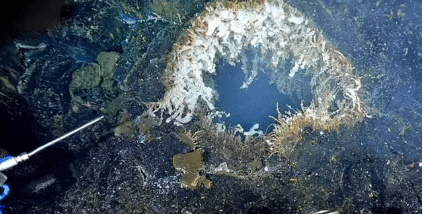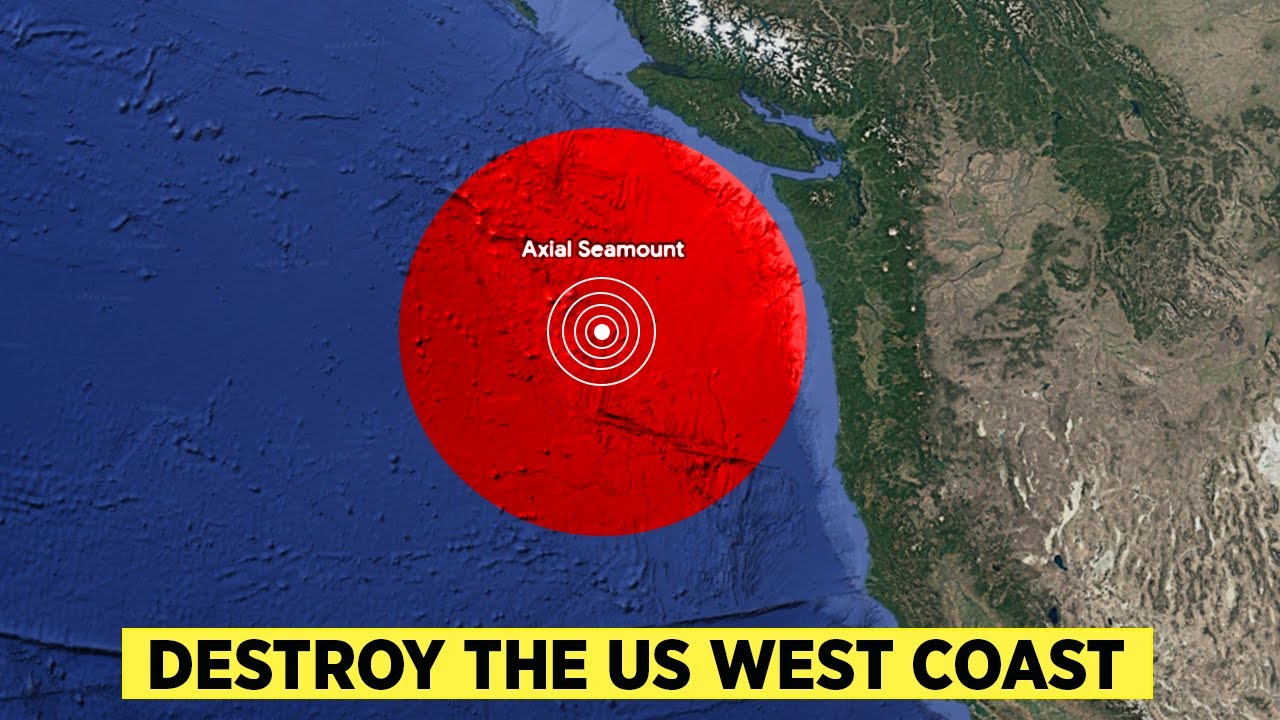One of the most closely monitored underwater volcanoes, the Axial Seamount, located about 300 miles off the Oregon coast in the Pacific Ocean, is now showing signs that it may erupt again very soon. While the event likely won’t pose a threat to human life, it could significantly alter the surrounding seafloor landscape.

A Sleeping Giant Beneath the Pacific
The Axial Seamount lies 5,000 feet beneath the ocean surface and spans nearly a mile in width. It has erupted multiple times in recent history — in 1998, 2011, and most recently in 2015. During its last eruption, the surrounding seafloor sank by nearly 8 feet, reshaping hydrothermal vent systems in the area.
Now, scientists are observing familiar warning signs: the seafloor is swelling, a clear indication of magma building up beneath the surface. Seismic activity is also rising, though not yet at the levels seen prior to the 2015 eruption.
“We’ve seen it inflate beyond the level it reached before the last three eruptions,” said marine geophysicist William Wilcock. “If the predictions based on inflation are accurate, then this could be the moment we’ve been waiting for.”
Currently, the site registers around 200 to 300 small earthquakes each day, with occasional spikes of up to 1,000 due to tidal shifts. In contrast, before the 2015 eruption, scientists recorded about 2,000 daily quakes over a period of several months.

No Risk to the Public—But a Rare Scientific Opportunity
Despite the growing activity, experts emphasize that the eruption poses no direct threat to humans, thanks to its remote, underwater location. Still, it offers a rare opportunity to study underwater volcanism — a phenomenon notoriously difficult to monitor in real time.
The volcano is under what scientists describe as “critical stress,” and they’re watching closely for any increase in seismic activity that might signal an imminent eruption. One fascinating aspect is how ocean tides influence this process. At high tide, the pressure of the water above can suppress earthquakes, while low tide can trigger sudden swarms due to decreased weight pressing on the seafloor.
Lava Meets the Deep Sea
Should an eruption occur, the interaction between lava and cold ocean water will create spectacular effects. When seawater becomes trapped beneath fresh lava, it heats rapidly, turning into steam. That steam eventually bursts free, creating implosive bubbles that collapse with enough force to be detected by underwater microphones called hydrophones.
Every eruption offers scientists new insights into the largely mysterious world of underwater volcanoes — slowly unlocking secrets about the Earth’s internal processes and the hidden landscapes beneath our oceans.

